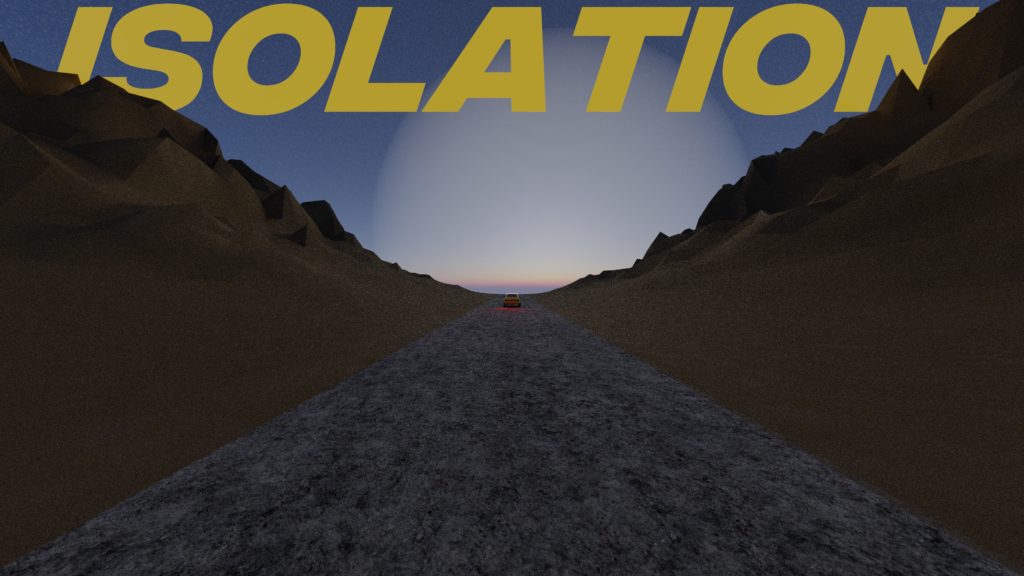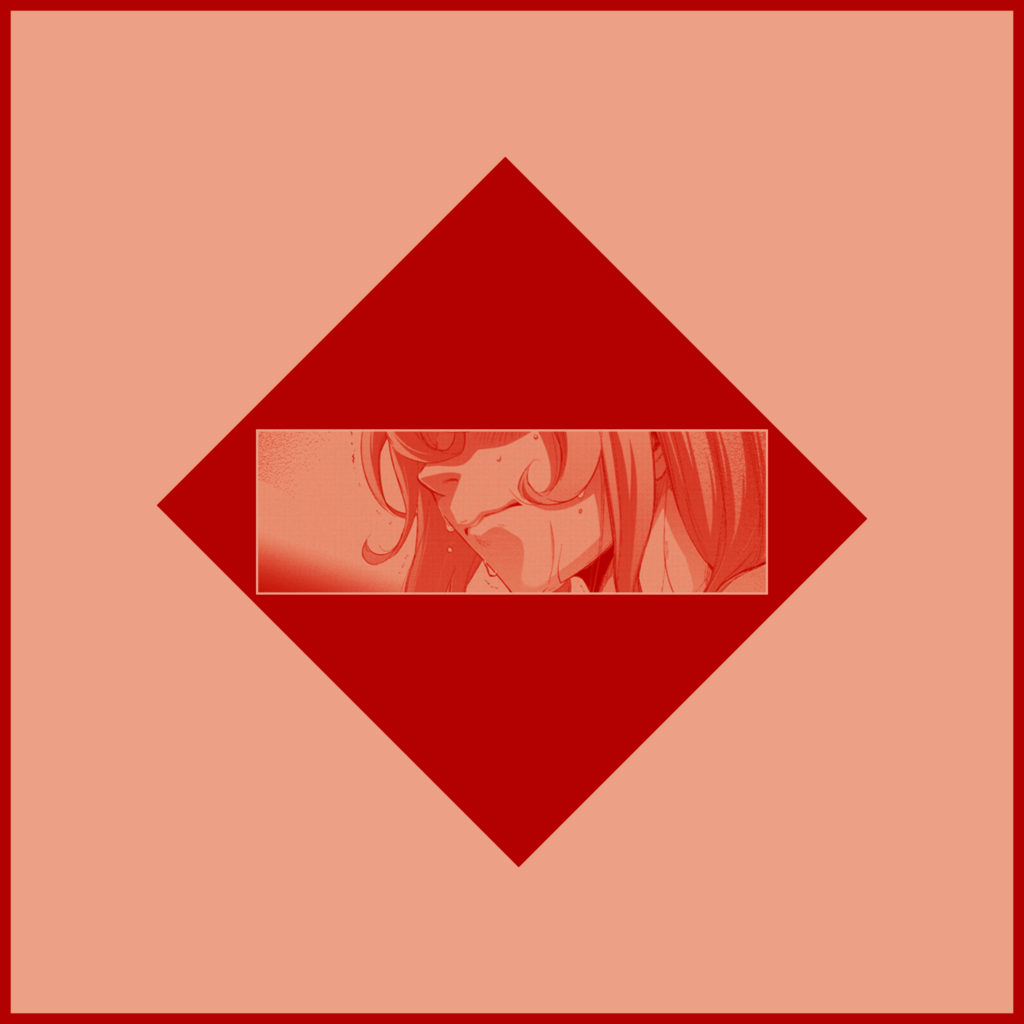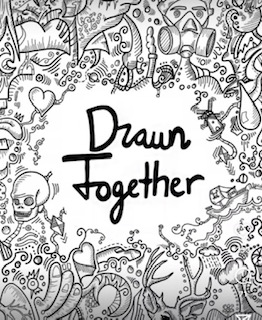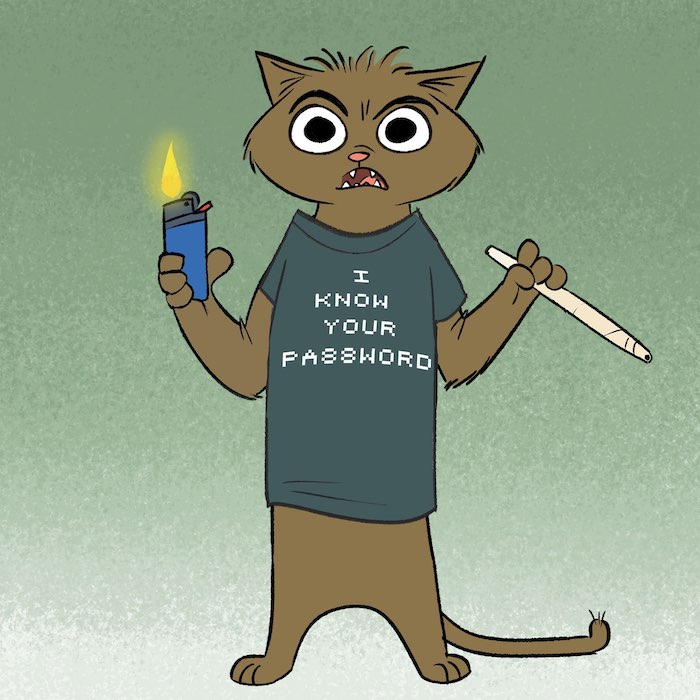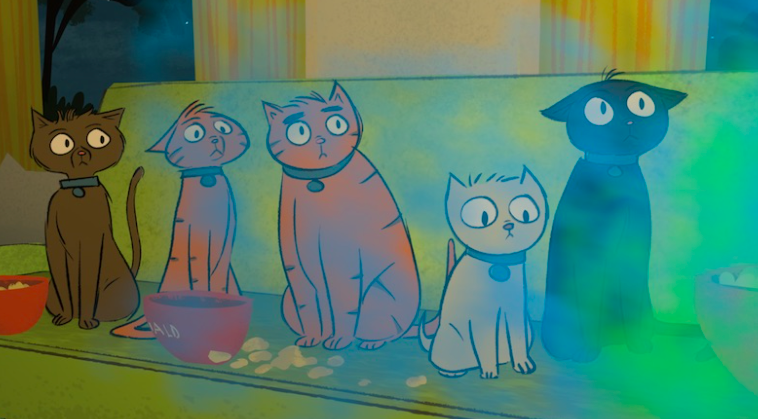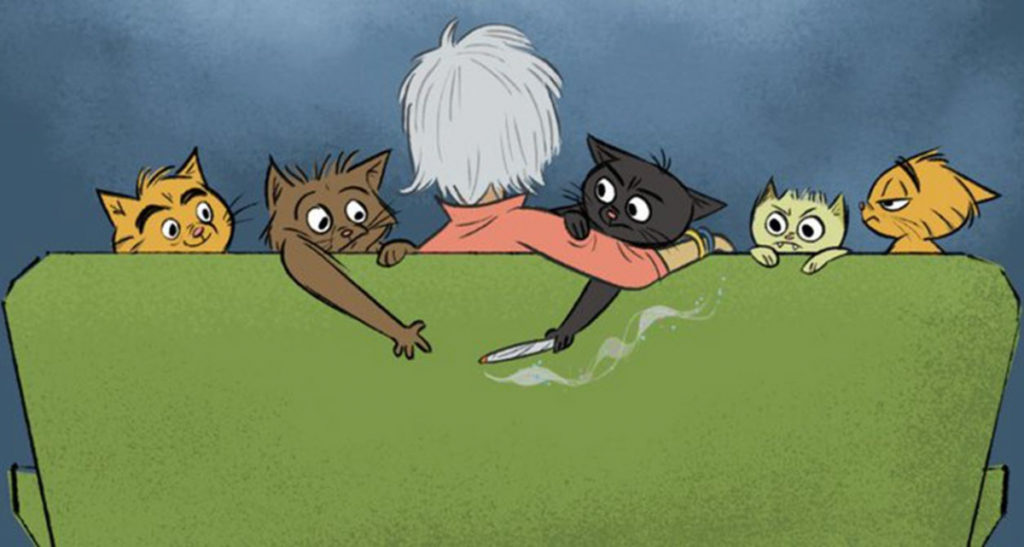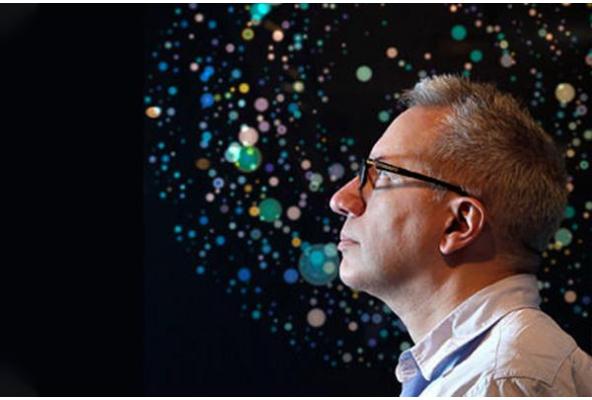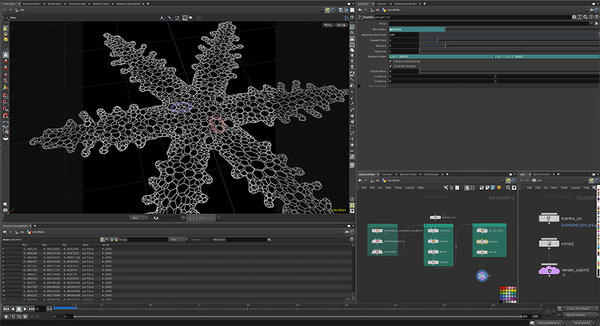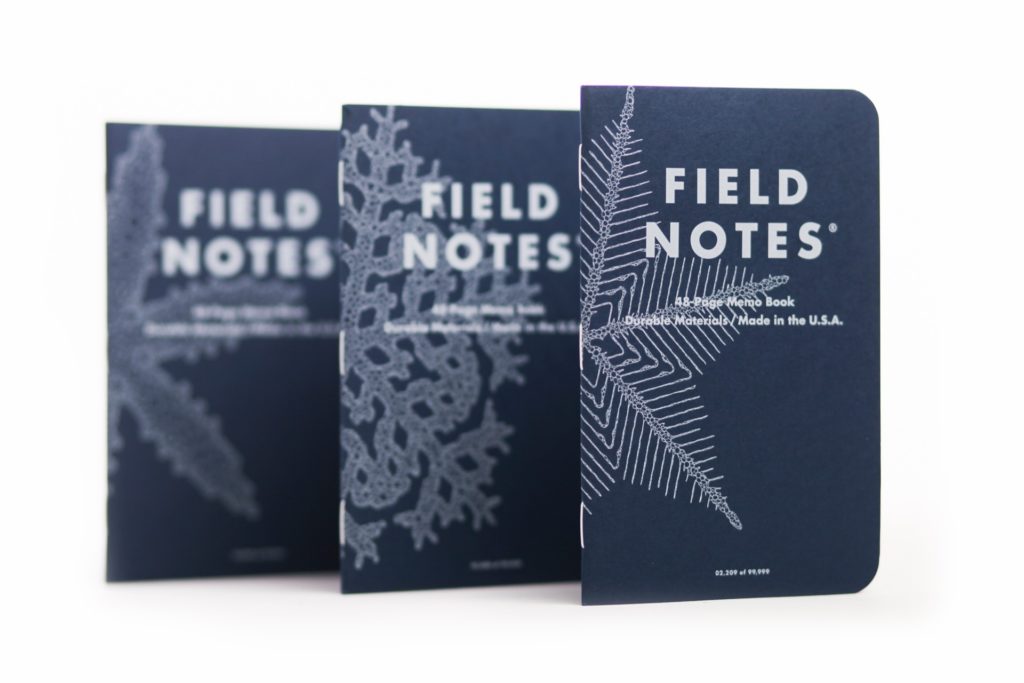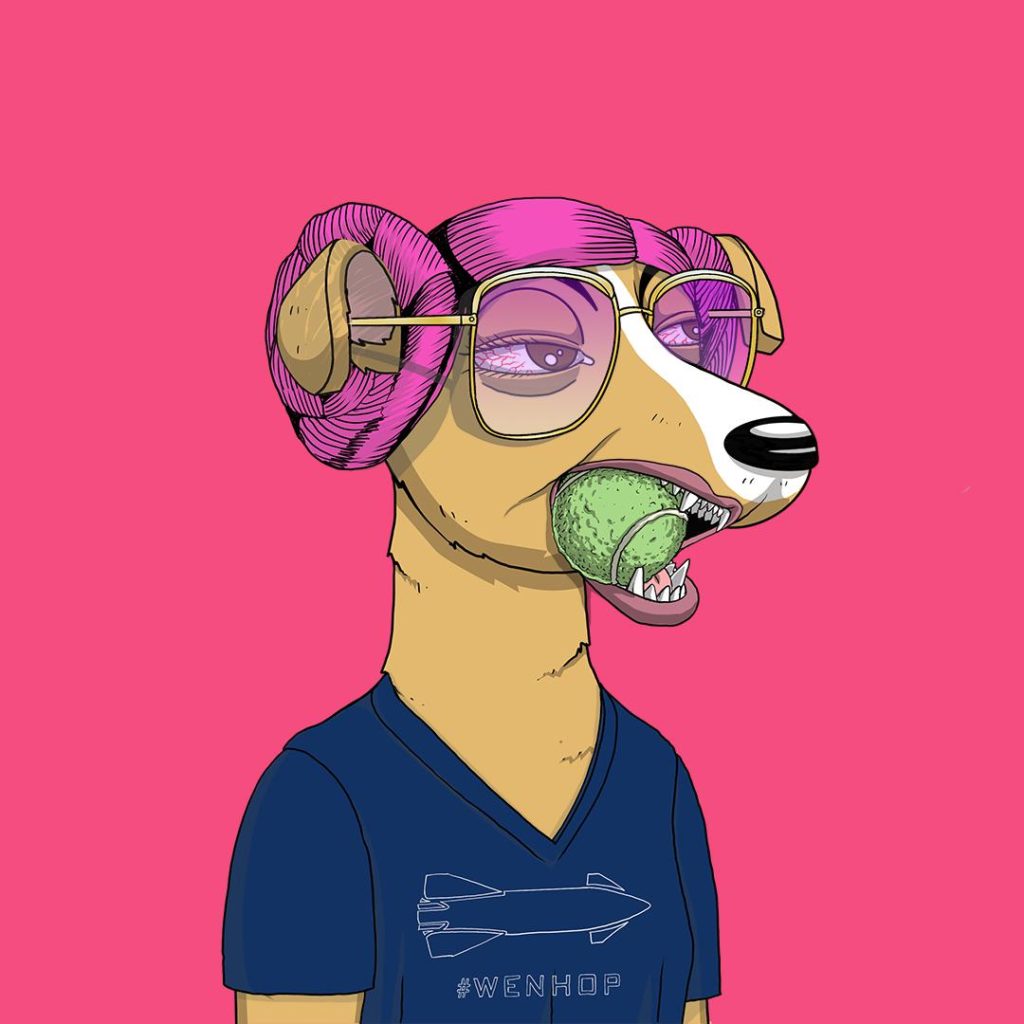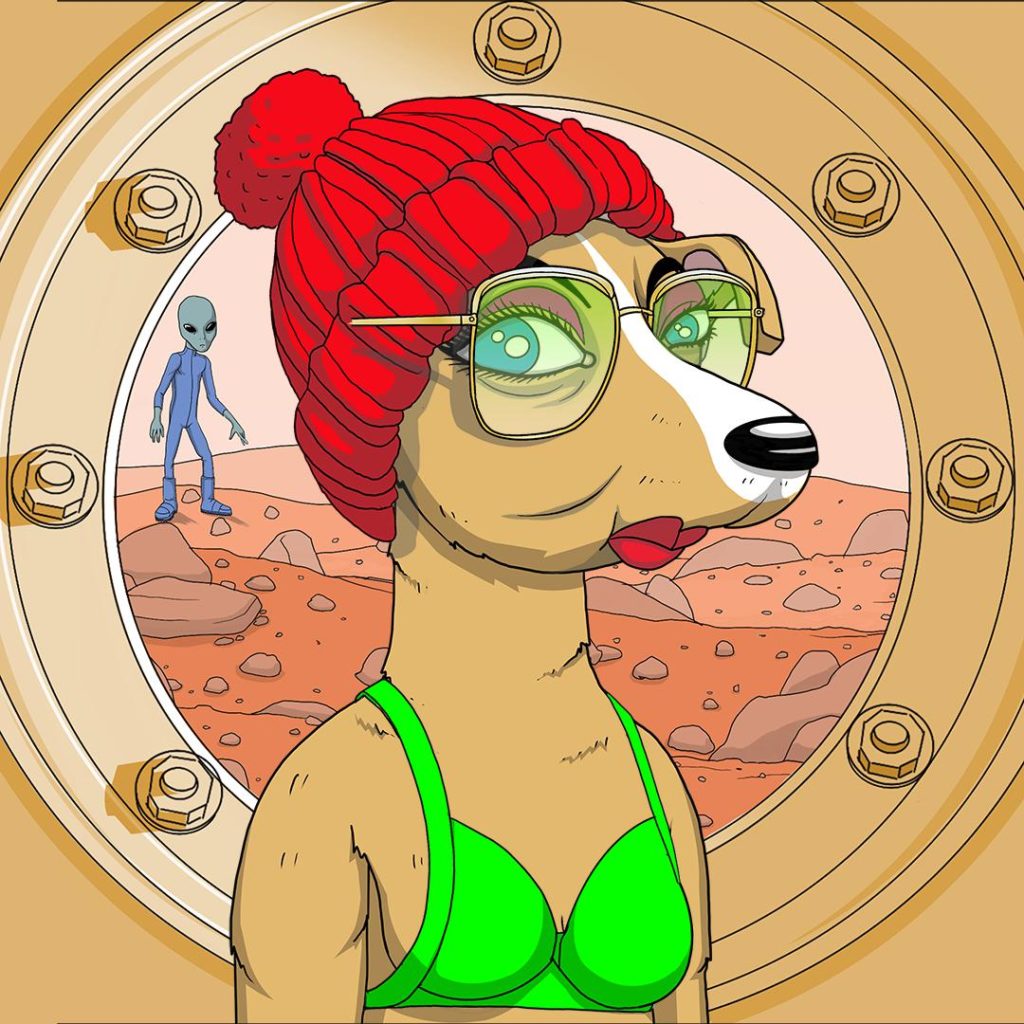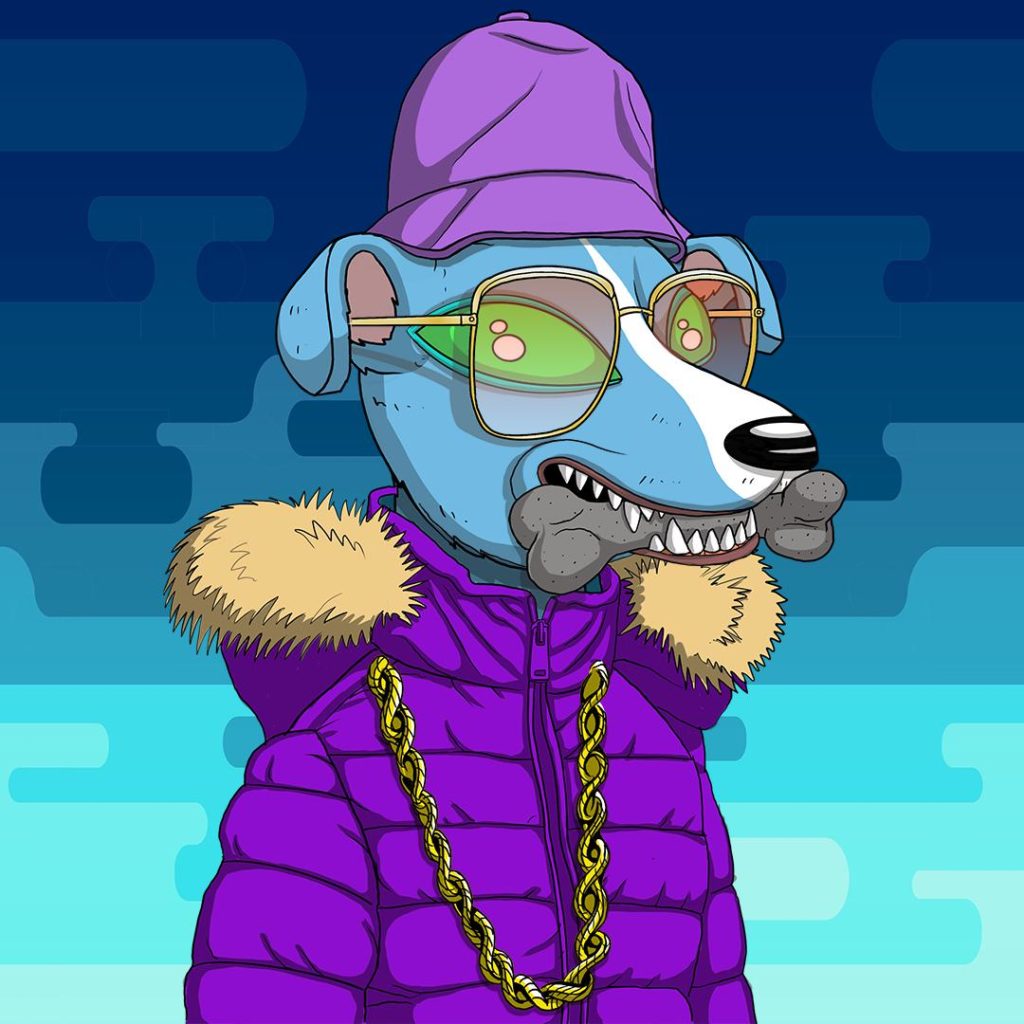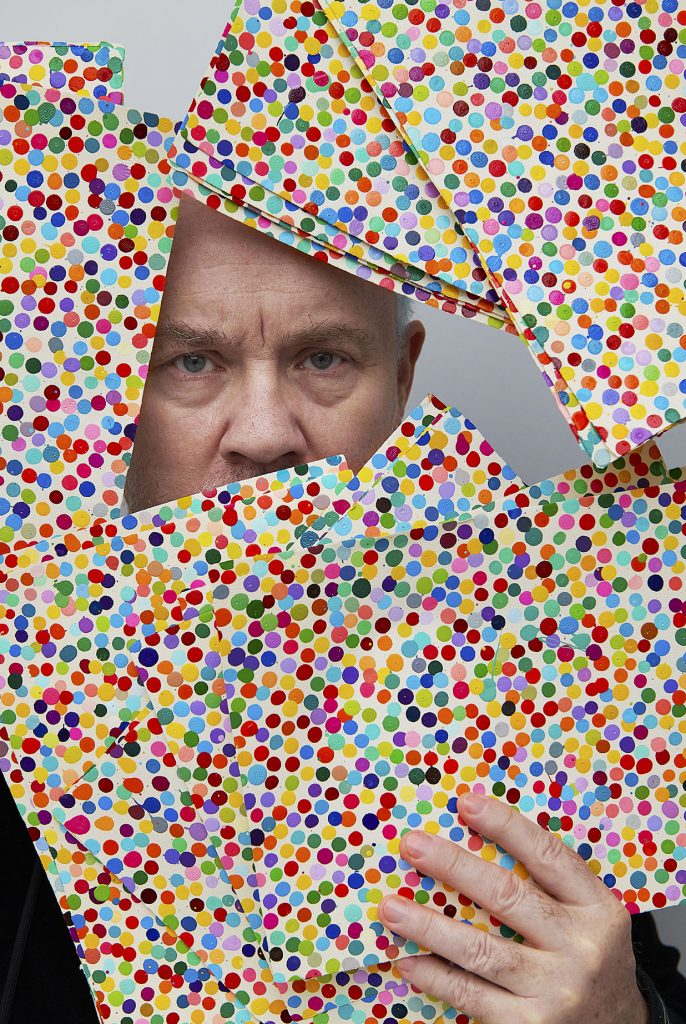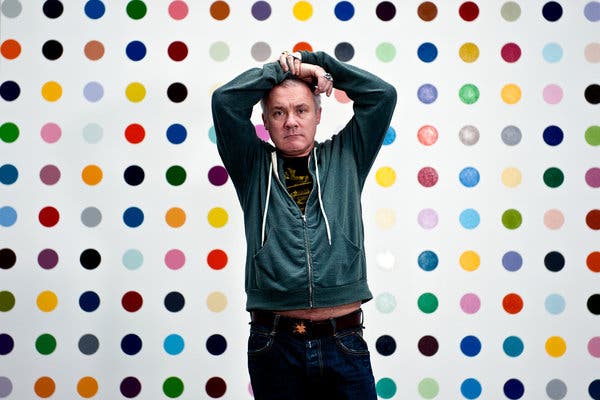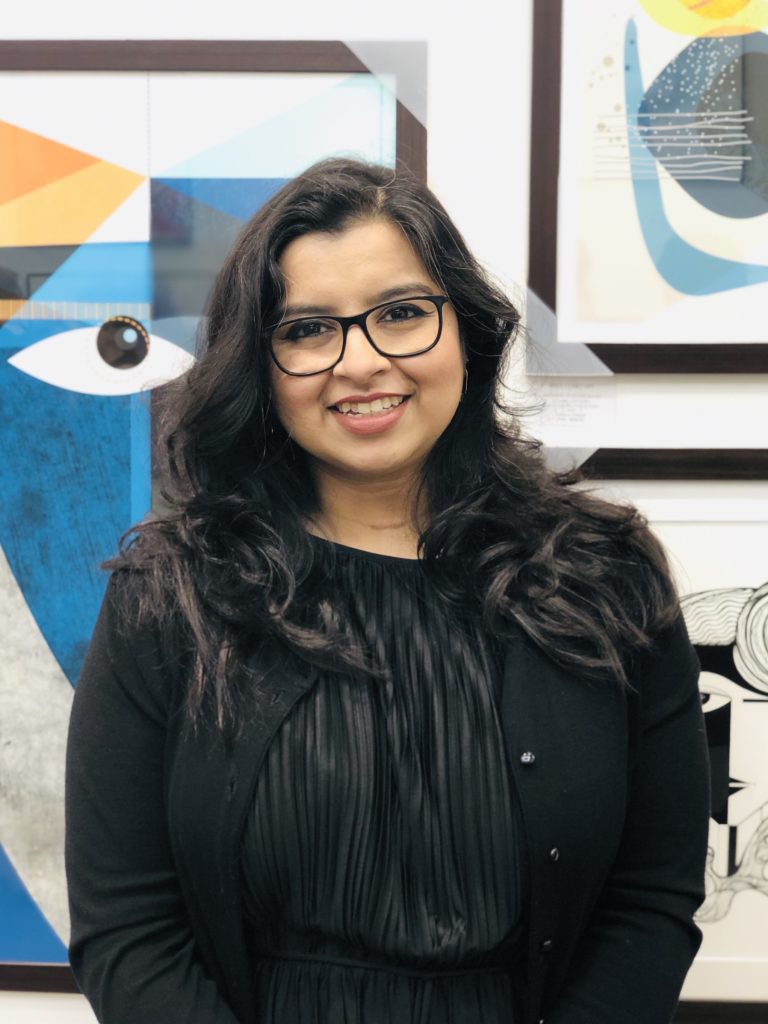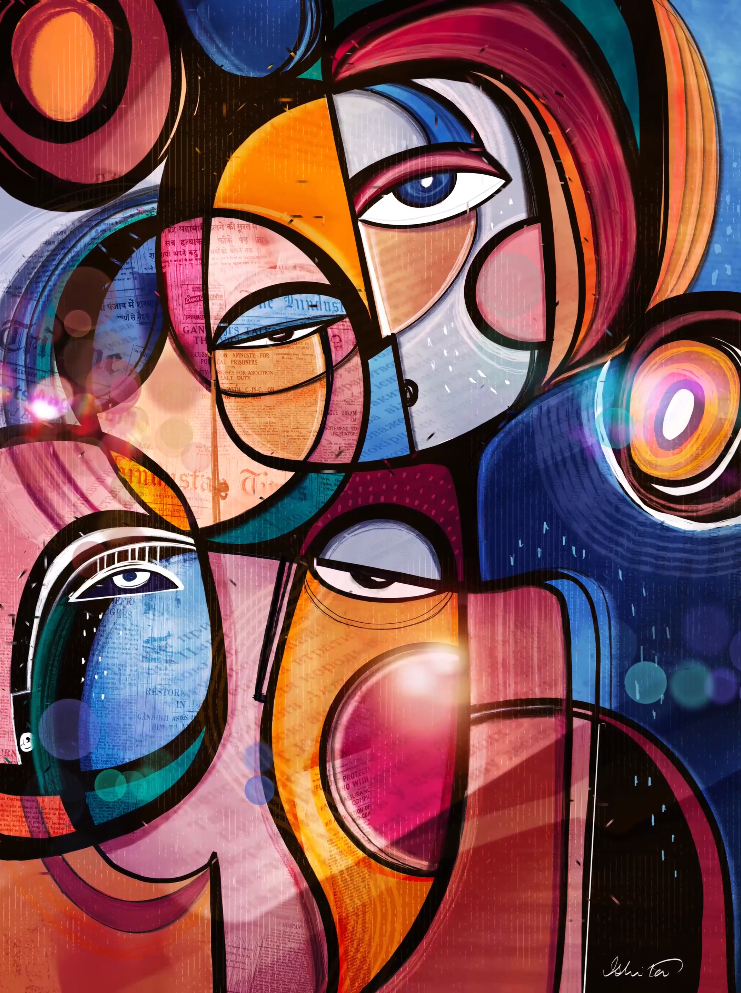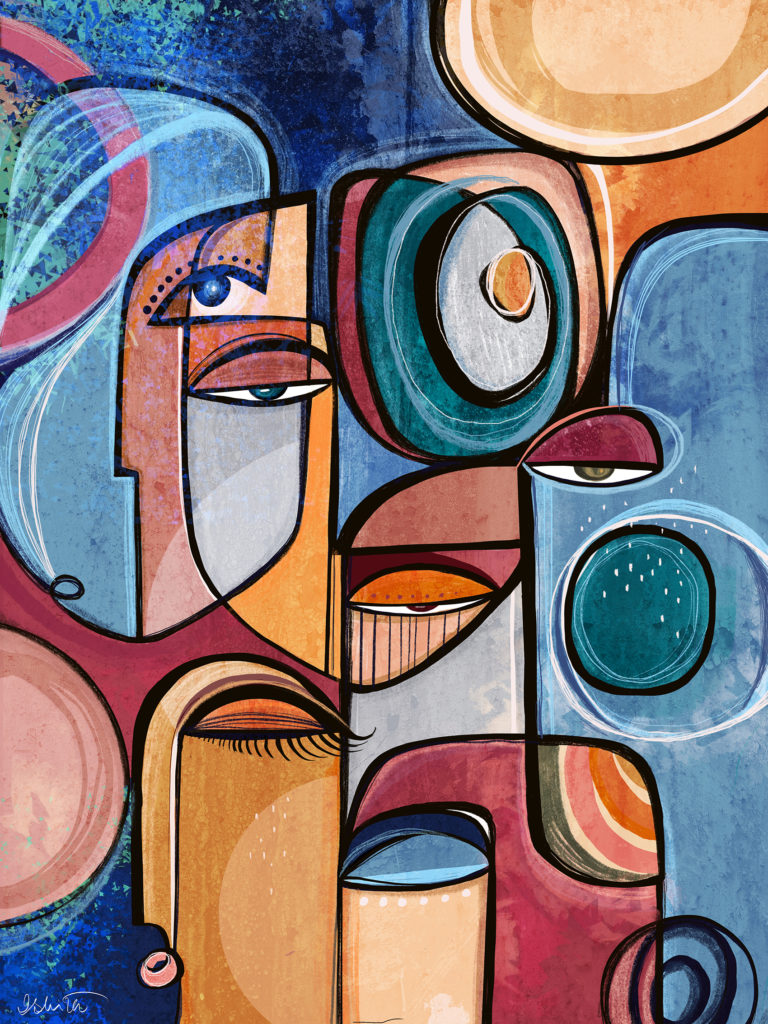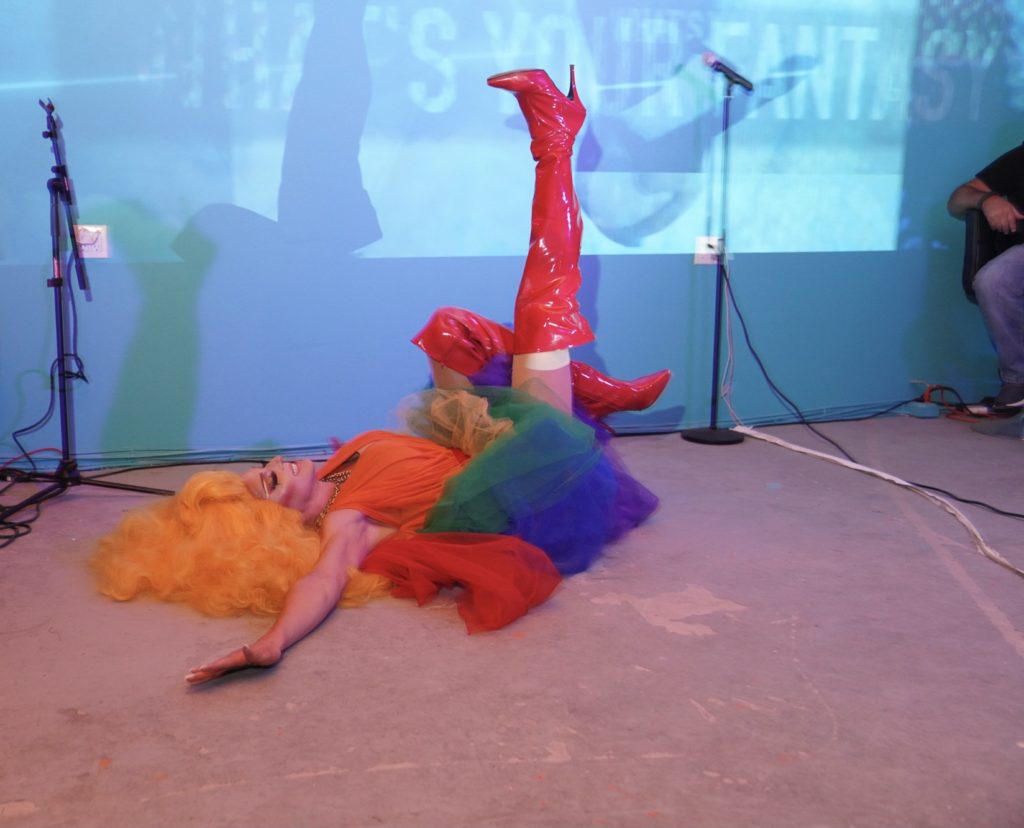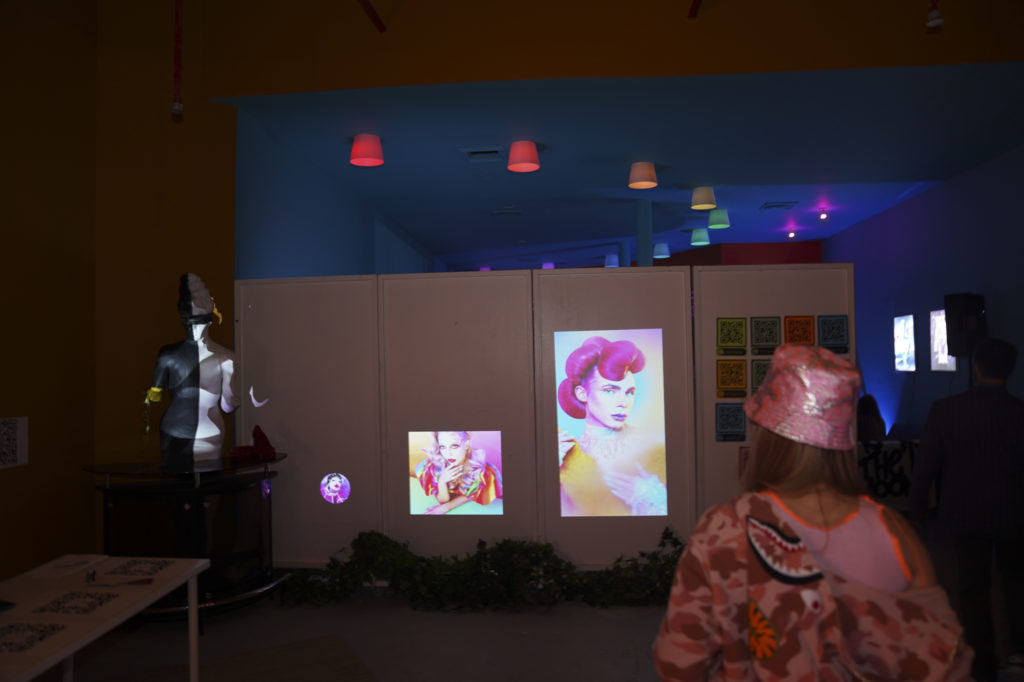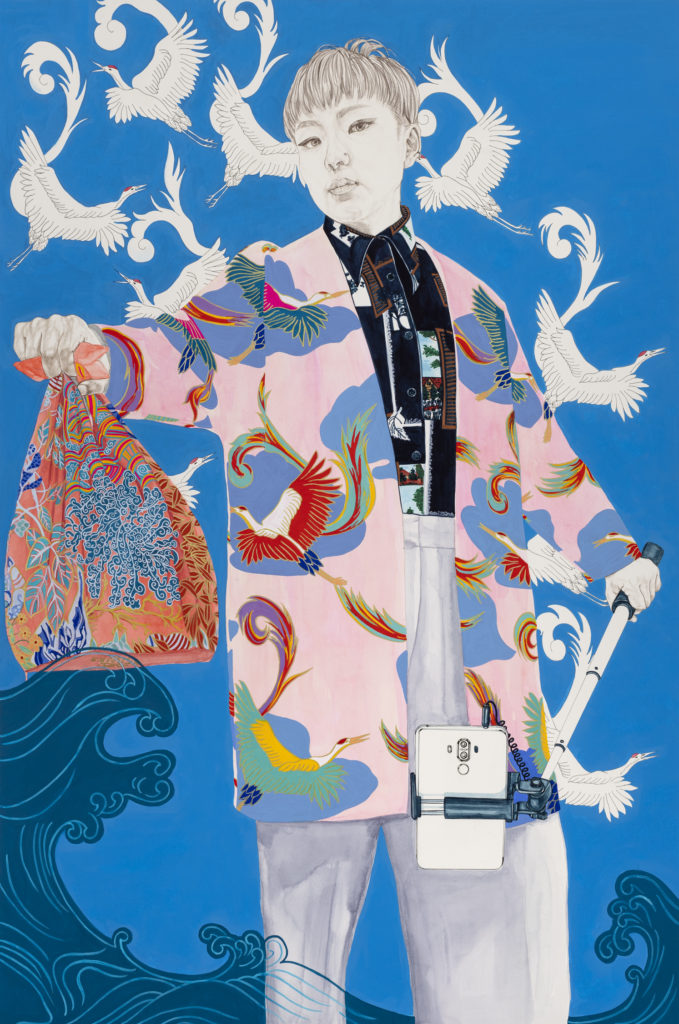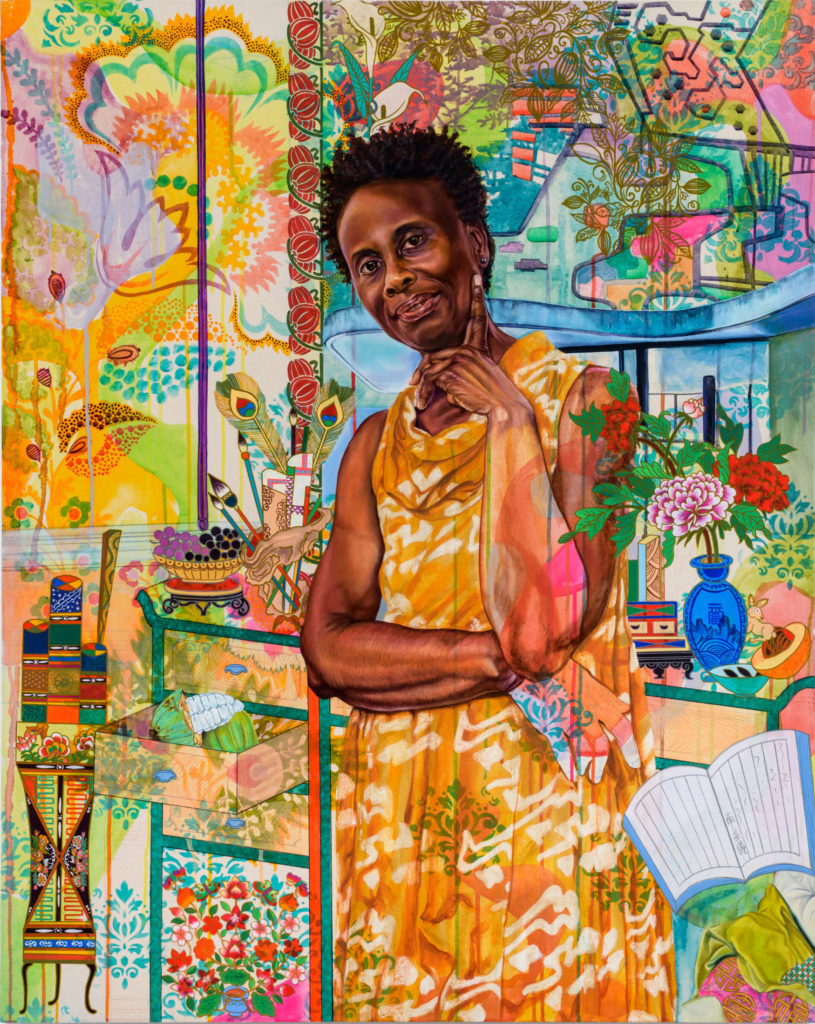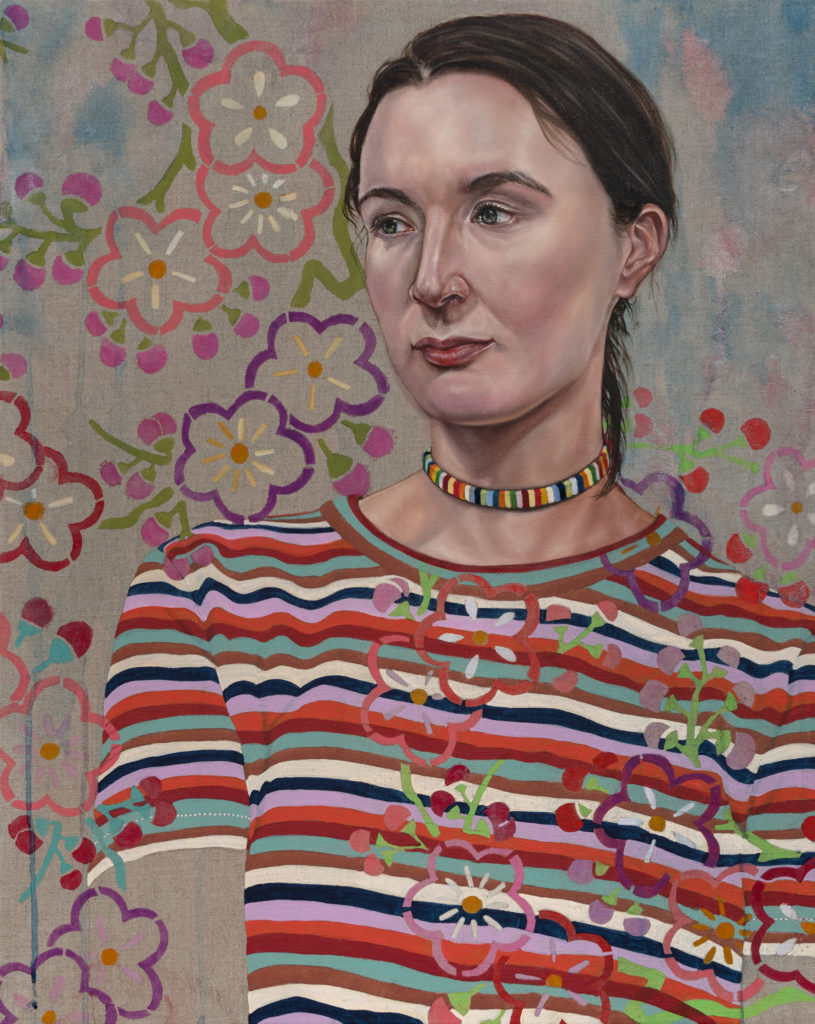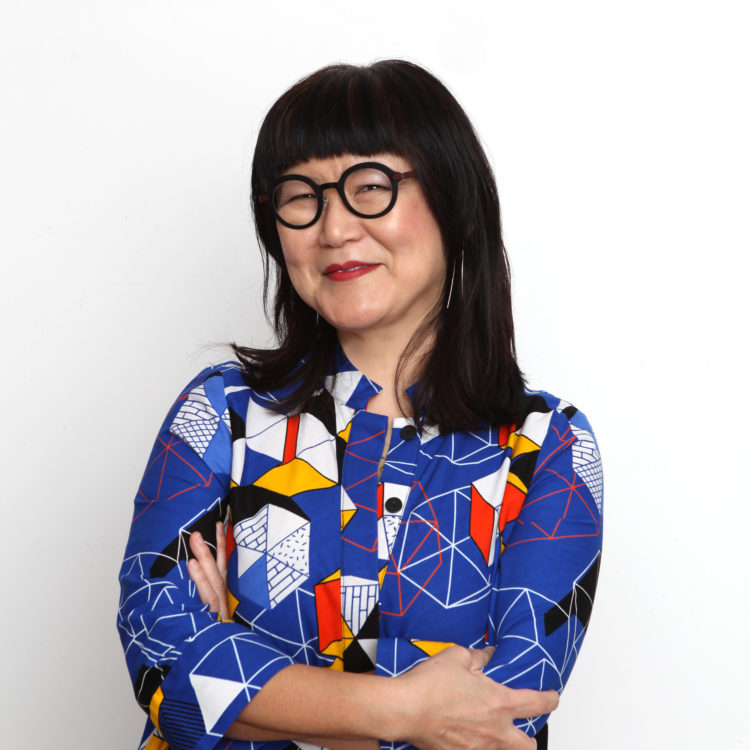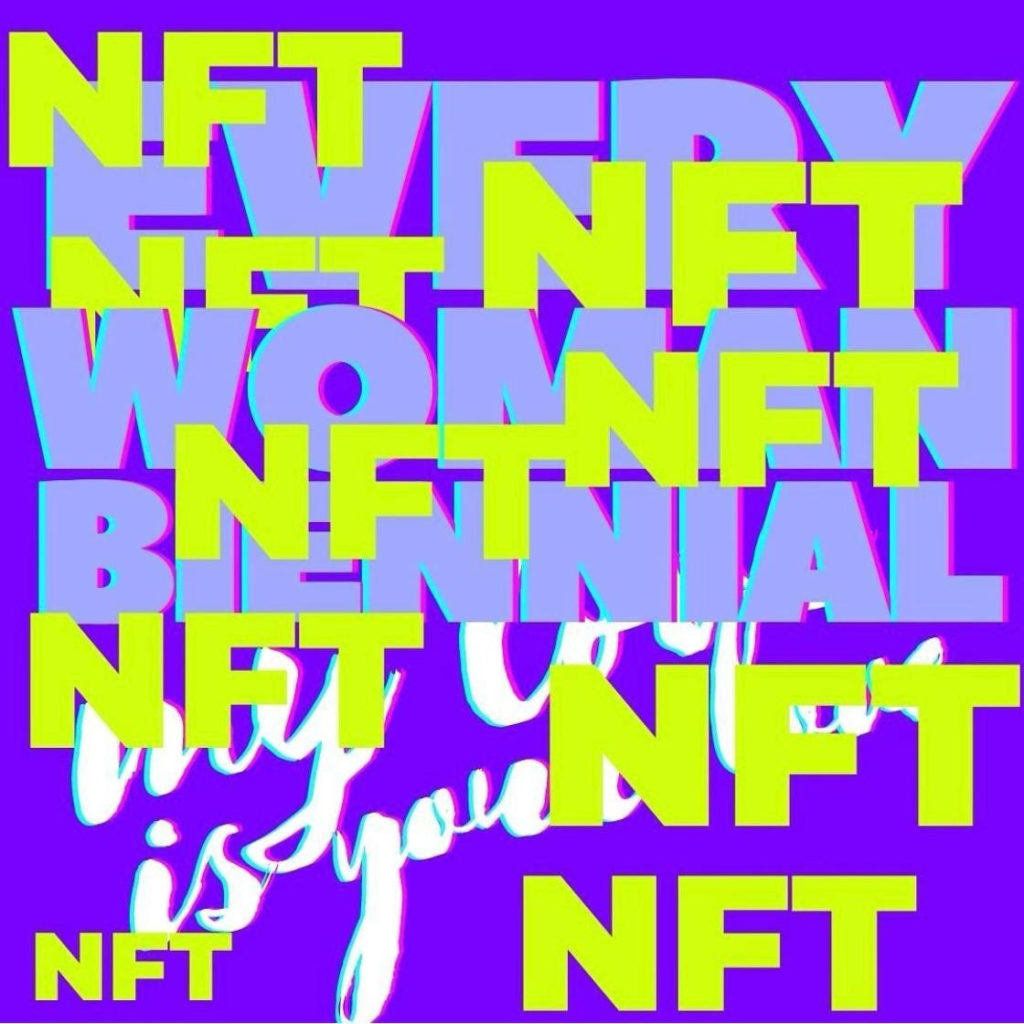A great deal of what may be valuable in the future will be understood best by those most familiar with digital culture. “Digital Natives” are nothing new, and surely some of us here are “Digital Natives.” Those who grew up with access to the internet have inevitably become the tech-savvy generations.
There’s no sign that technology will stop, and I doubt that it will go away. The young generation is growing up right in the middle of the technological revolution. It will be possible to collect rare digital art pieces, just as one might collect sports cards growing up in decades prior.
While engaging with this emerging trend early is crucial, the top priority is to learn more about future potential and not just make money. This is rather an exploration of diverse areas impacted by technological innovation previously regarded as unachievable or considered unrealistic.
The NFT revolution will impact countless industries in an unprecedented way. There will be many deep dives exploring what NFTs can be, the least of which is as a fun way for brands to interact with their consumers. A physiotherapist from New York, understanding the concept of ‘NFTs’ and ‘Smart Contracts,’ Dr. Kellen became the first medical practitioner to employ NFTs and Smart Contracts for the benefit of his patients (source: NFT Kids Magazine).
As the world enters the era of digital arts for kids, a new magazine highlights today’s youngest and most promising digital artists and explains how parents can navigate the recent craze of NFTs.
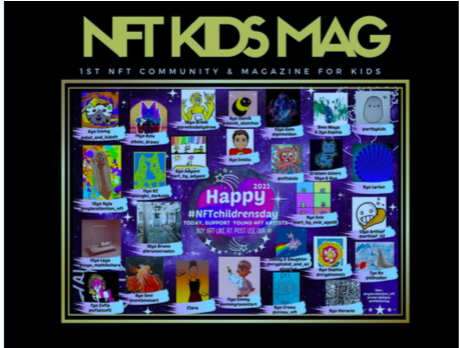
The ‘NFT Kids Magazine’
On August 31st, 2021, NFT Kids Magazine released its first issue – an online flipbook. Original art and exclusive content from successful kid artists make up the first issue of NFT Kids Magazine: including Nyla Hayes, a 12-year-old Twitter sensation who has now sold more than 65ETH ($172 000) worth of artwork from her ‘Long Neckie Ladies’ collection. Bruno Urli, also featured, is a 16-year-old from Germany who recently sold his first 3rd art piece as an NFT for 1.5ETH ($4k).
“For the newcomers in the NFT scene, NFT Kids Magazine is the new gateway guiding parents and novices on how to navigate and understand their 1st NFT baby steps.”
–Claira Soazandge
The Founder
Founder and editor-in-chief of NFT Kids Magazine, Claira Soazandge, is a French-born British author from Madagascar, based in Seoul, South Korea. She was previously co-editor of a youth publication in London. Claira started the magazine after seeing her son who was a 12-year-old photographer build an online following. He became the magazine’s co-founder.
In addition to Claira’s work as the first children’s story published in an NFT form, she is also one of the first magazine publishers offering NFT advertising on Opensea.io.
“Twenty years on, it is incredible that I can now tap into the knowledge and experience I learned as a teenage editor and share them with my son and other children to help showcase their art. NFTs will change the self-publishing game and how we view copyrighting. Now, artists can take control of their creations and find another way to reach the masses. We plan on having fun with NFTs in different ways so our readers can enjoy discovering our content.”
- Claira Soazandge
Meet Some Of The NFT Kids: The Artists
Sevi – “The exceptional work of Baby Banksy, the 9-year-old autistic prodigy Sevi from the Philippines, who is rapidly being compared to the street legend and has sold art for 1ETH ($2.6k).“ -NFT Kids Magazine
Nine-year-old Sevi is an autistic boy from the Philippines that discovered a love for art. At the age of 2 years old, Sevi, one of four kids from a family in Manila, was diagnosed with autism.
As early as January 2018, he attended weekly art therapy classes and loved them so much that he has since painted every week. In addition to being in therapy regularly, Sevi’s focus, attention, patience, comprehension, verbal communication, and other abilities have improved since starting to paint. Sevi took part in his first art exhibition in March 2018. As a crypto artist, he gained fame three years later, in March 2021, and he has since sold NFTs to collectors from Asia, North America, and Europe.
Since then, he has participated in several exhibitions, both on-site and online, and some of his art has been sold, including some commissioned pieces which are used to fund his therapy.
Laya & Eli – Laya from India is already displaying advanced 3D tech design abilities, and three-year-old Eli showcases his collaboration with Diverse, a well-known female DJ from London.
Christopher – Christopher, 12 years old, an NFT Kids Magazine dropper, a young Spacepreneur, and an aspiring astronaut. Christopher has worked on campaigns with Nasa, Airbus Space, and Defense; and represented the US as a diplomat. Christopher has even interviewed Sir Richard Branson regarding recent travels in space in July 2021 for NBC News.
Children today are growing up digitally. That is a fact. Thus it’s imperative that they learn the importance of digital use and citizenship early in a world where technology is an everyday part of life while having fun creating art.
LINKS
Links to NFTkidsmag: https://linktr.ee/nftkidsmag
Publisher: wonderwillowtales.com
NFT Opensea: https://opensea.io/collection/nftkidsmagfroncover
SOCIAL MEDIA
Instagram: @nftkidsmag
Twitter: @nftkidsmag

